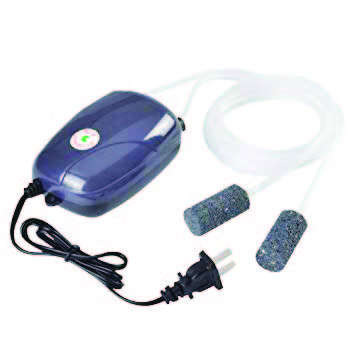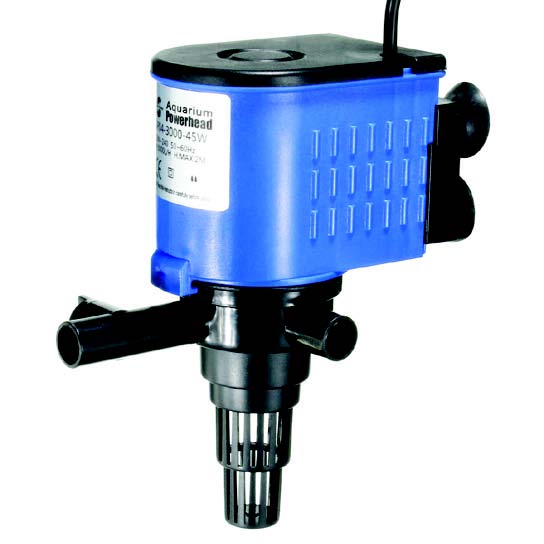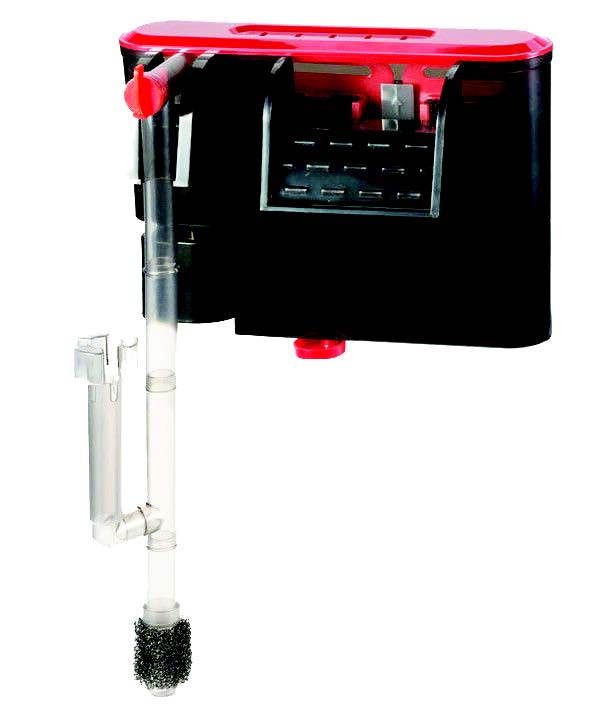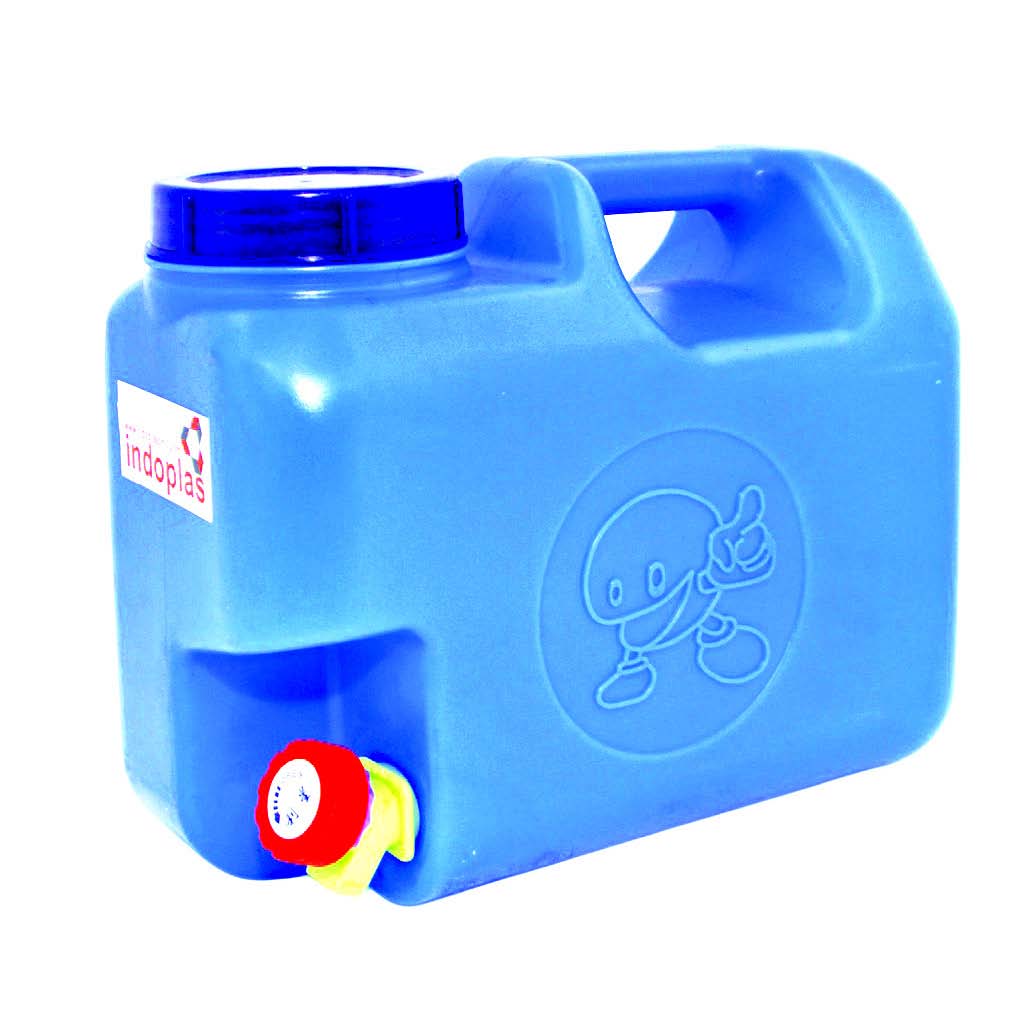Aeration is a principle that is very important to fishkeeping – it is a process in which oxygen is introduced into the water. Like all animals, fishes need oxygen to breathe; by inhaling water through their gills, fishes are able to harness the dissolved oxygen in the water and breathe.
In natural bodies of water, such as creeks, rivers, and oceans, aeration occurs in many ways, such as wind blowing on the water’s surface, waves crashing the shore, or currents moving through rivers. Natural aeration processes make our waters oxygen-rich, thereby sustaining underwater life. In home aquariums, however, aeration will have to be done using man-made methods.
An aquarium filled with water is merely a container holding it. Will it sustain life? Yes, probably, if you are lucky. But chances are, you will need more to transform your aquarium into a miniature ecosystem.
Bubbles up!
Aeration involves two forms of matter: liquid, in the form of water, and gas, in the form of oxygen. Fortunately, both have loose molecular structures and may mix, although not readily. When you release an air bubble underwater, water pressure acts on all sides of the air bubble, forcing the air to take the round shape of a bubble. Since air is less dense than water, the bubble floats up, bursts, and is released in the atmosphere.
Although this process doesn’t mix much air in the water (as bubbles rise to the top only to be released), the bursting of the bubble breaks the surface tension of stagnant water and allows for oxygen to mix with water. When this process is repeated many times in a day, then you have a tank with water saturated with dissolved oxygen, ready to sustain underwater life.
In nature, aeration occurs at the water’s surface. To effectively aerate and saturate tank water with dissolved oxygen, one must find ways to continuously break the water tension by vigorously agitating the water surface.
Luckily, commercial filters do just this. While the primary purpose of these filters is to keep aquarium water clean, they also aerate water. After all, oxygen is a vital component of biological filtration. In aerated water, the beneficial bacteria responsible for breaking down organic wastes thrive in the filter media and process waste more efficiently.
Best way to agitate water surface
1. Air Pump – An air pump connected to a sponge filter or air stone will create bubbles. The stronger the air pump, the more efficient it is in aerating.

Air pumps come in all sizes and capacity. Usually, an air pump with a higher wattage means a higher output. Thus, it is ideal to use smaller 4-watt air pumps in small aquariums of probably 20 gallons or less. For larger aquariums, a 20-watt air pump might be required. What you want is an air pump that allows vigorous, wave-like movement of the water surface when the bubbles burst.
Most commercial filters, like the overhead filter, internal filter, hang on filter, and canister filter, are powered by a submersible pump or powerhead. These are small pumps that displace water, sucking water from the intake and out through the nozzle. These create more force and agitate the surface so much more than the air pump.
Compared to air pumps, these have larger flow rates and are more efficient in oxygenating a tank.
2. Overhead filters – Overhead filters generally employ a powerhead to run the filter. The powerhead picks up water from below and pumps to the overhead chamber. After flowing through the filter media, the filtered water returns to the tank through an overflow system. By dropping a few inches, this agitates the water surface and aerates the tank far better than air pumps do.

Most overhead filters usually have the option of having two outlets. The first goes up the overhead chamber while the second goes straight out of the nozzle and horizontally at the surface. The second outlet creates more agitation since it jets water directly at the surface, vigorously creating waves at top. This system also has two sources of aeration, the overhead chamber and the nozzle, which makes it more efficient.
3. Canister filters – A canister filter is another popular choice. Rightfully so, because it is very efficient. It has a big capacity and very good flow rate. To maximize surface water agitation, position the rain bar system half an inch above the surface. This creates jets of water that vigorously agitate the surface.

4. Internal filters – Internal filters are outfitted with a powerhead on top of a canister filled with different filter media. The powerhead pulls water through the filter media and out through the nozzle. Pointing the nozzle at the surface creates waves of water agitating the surface to maximize aeration.

5. Powerhead pump – A humble powerhead or submersible pump may also be used. Simply affix to the bottom of the tank and point the nozzle upwards. This system creates huge waves. This method is best for large aquariums and ponds.

6. Hang on back filters – Hang on back filters are also pump driven. A small submersible pump sucks water from the tank through a lift-up tube. Water then flows through the filter media and out the overflow system.

To ensure proper aeration, lower the water level of the aquarium so that water from the filter drops a few inches from the overflow system.
Aberation during backouts
Here are a couple of ways to help your fish friends survive a power outage.
1. Battery-operated air pump – As a kid, I found myself attaching the airstone to a bicycle pump and laboriously pumping the whole day to save my fishes during a blackout. Of course, aquarium technology has developed in leaps and bounds since then. These days, you can simply purchase a battery-operated air pump and store it in your cabinet – ready for use when electricity goes kaput.

To use the battery-operated air pump, put on the batteries, attach the air hose then the airstone, and turn the switch on. Based on my experience, the batteries should last you two to three days.
But what if you do not have battery-operated air pumps and a blackout occurs? Then, it’s time to get creative.
2. Water container – Ever wonder why fishes rise to the surface and seem to gasp for air when dissolved oxygen in the water is low? That’s because the most oxygenated part of the water is near the surface – after all, it is at the surface that the exchange of gases occurs. The lower parts of the water column have lower dissolved oxygen content. Hence, it is wise to lower the water level to about half, such that the fishes stay at the most oxygenated part of the tank. On short periods of blackouts, the lowering of the water level method normally saves the fishes. But on prolonged blackouts, your skills will be challenged.

As discussed earlier, oxygenation happens when we agitate the water surface and allow oxygen to mix in water. On long blackout days, I put my DIY skills to good use. I get a used five-gallon water bottle and cut off bottle neck so that the opening becomes wide. I then bore three to five holes about 2 millimeters in diameter an inch from the base, and secure the bottle at top of the tank. Getting water from the half-filled tank, I fill up the bottle.
Water drains from the tiny holes and fall into the tank, agitating the surface, thereby aerating the tank. Refill the bottle as needed. This simple DIY aeration system might be crude, but it could save your fishes during blackouts.
This appeared in Animal Scene magazine’s January 2020 issue.
You might want to read:
– The first principle of aquarium fishkeeping
– Cleaning the substrate in your aquarium
– Aquarium height: The tall and short of it






